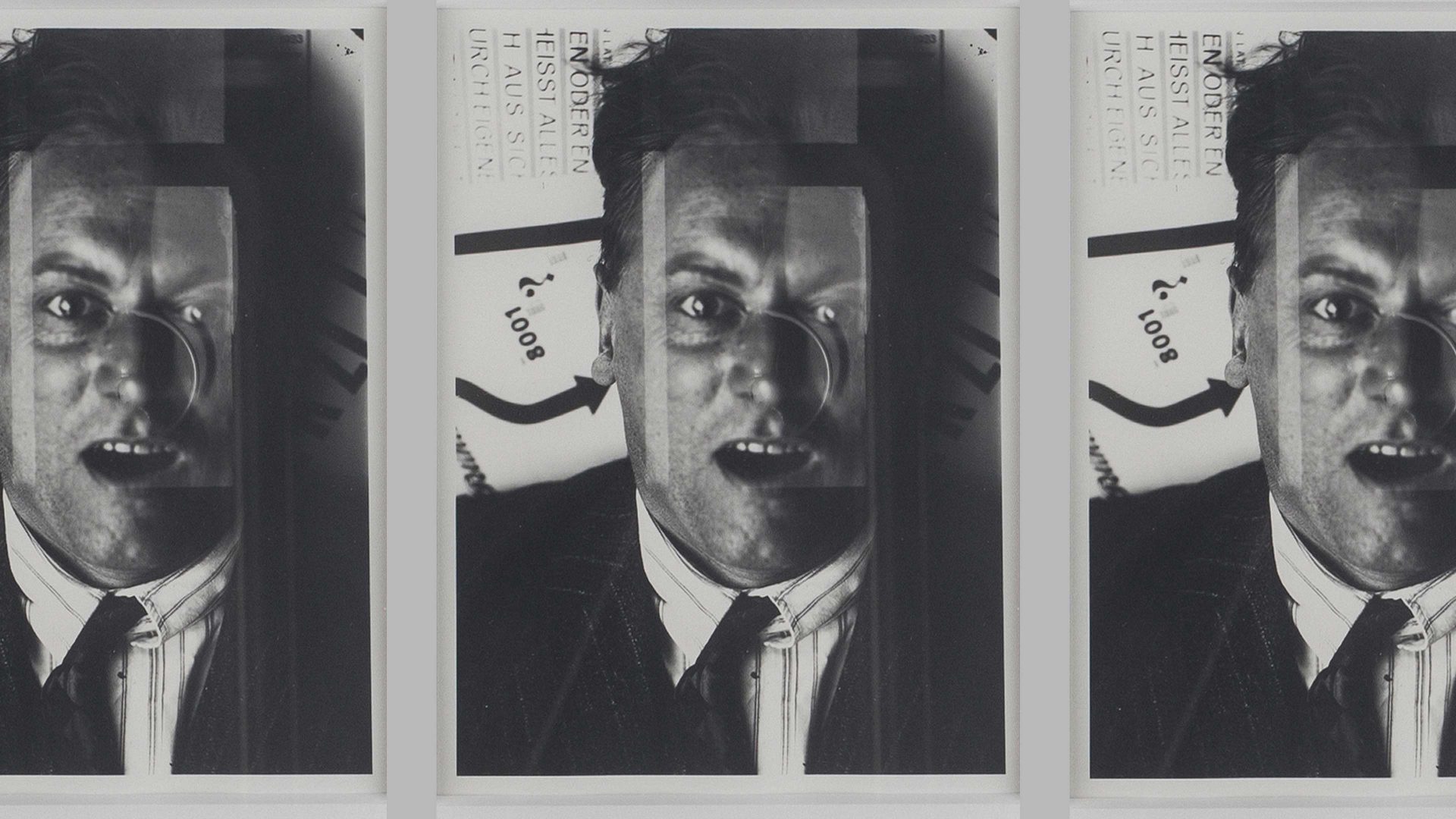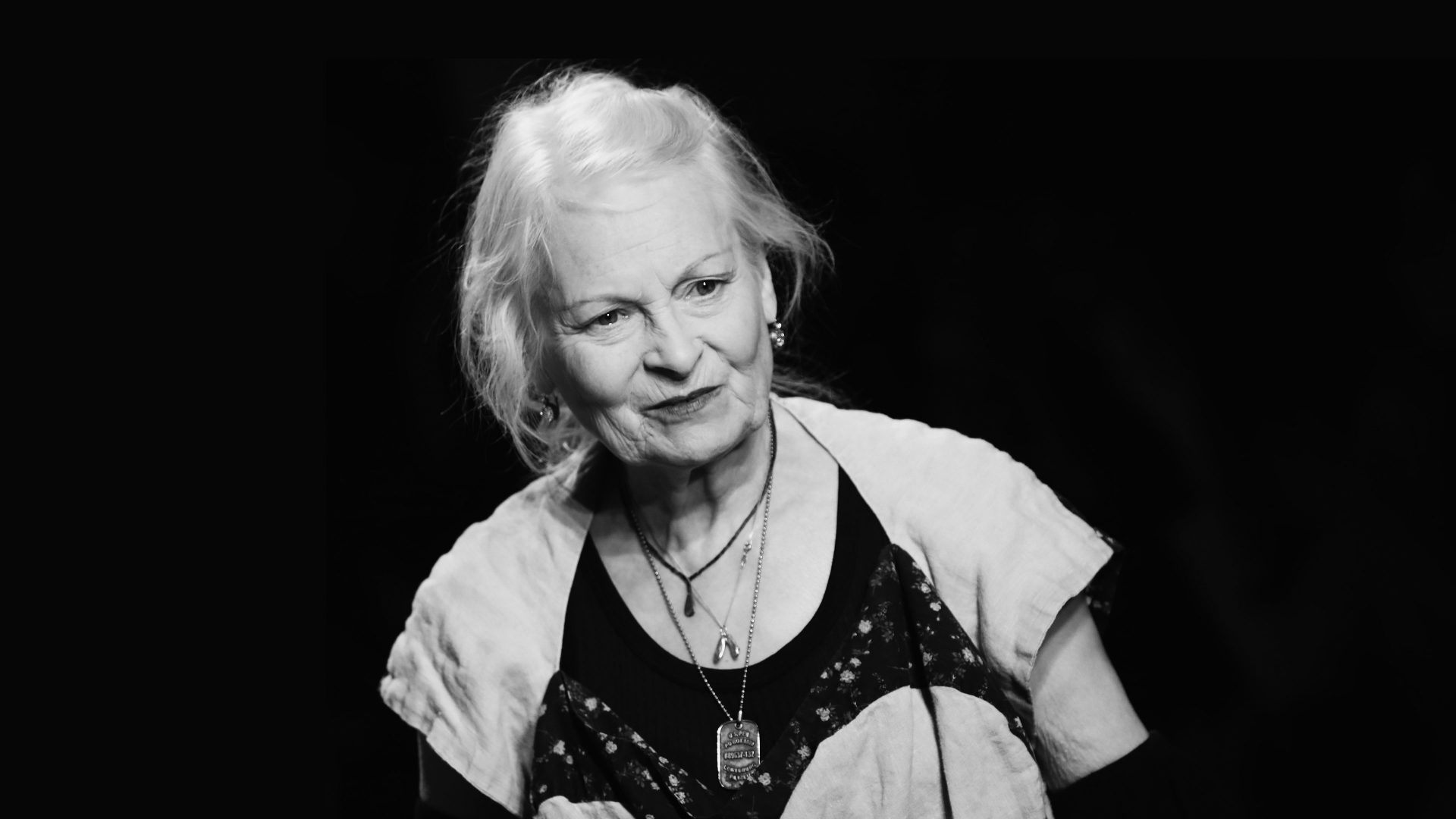Just as he did almost every morning during the last few months of his life Kurt Schwitters picked up a small suitcase containing paintbrushes and tools, left his home in Ambleside at the head of Lake Windermere and travelled to a remote, tumbledown barn in the Langdale Valley on the edge of the village of Elterwater. He’d become a familiar sight there, hopping off the bus and hurrying along the lanes to wring every possible moment from the time he had left.
In failing health, Schwitters was determined to finish what would be his artistic legacy: turning the old barn into a modernist grotto, its walls covered with sculptures and collages of carefully arranged found objects, the work that had made him famous in Germany before the war.
The riptide of 20th century politics had pulled him from his homeland and set him adrift, bobbing around northern Europe until he washed up here, in Cumbria, broke, working in a damp, freezing old barn in the middle of nowhere in the depths of a harsh English winter, mixing and making, pressing and hanging, sticking and painting, intent on leaving something tangible and definitive behind as he fought mortality and the cold.
Once inside the barn and with the door closed he felt that after a decade of displacement and transience this was his place and his space, somewhere he belonged, somewhere he could leave his mark.
He’d turned 60 the previous summer and it had felt like his last milestone. It wasn’t much of a celebration: illness confined him to bed for weeks. A haemorrhage the doctors said. On top of the stroke he’d had in 1944 he could almost hear death thundering towards him in the autumn storms, meaning that when he’d recovered enough of his strength there was no time to lose.
For once, he had the means too: after years of penury, word had come during his convalescence that the Museum of Modern Art in New York had awarded him a fellowship, enough to fund the project at Elterwater. Three years, he thought. Just three more years and he’d be done, if fate would allow it.
Looking around the old stonework beneath the sloping roof, his clouding breath disappearing into the eaves, he mused on how it wasn’t the most obvious canvas for his final artistic testament. But it was still perfect. All his Merzbaus had been perfect and all of them had, as far as he knew, fallen victim to the darkness that engulfed the continent. This one would be different. This one would endure. He just needed time.
It was a decade since Schwitters had fled Germany for Norway. In 1937 two of his collages and his avant garde poetical work An Anna Blume had been included in the Nazis’ travelling exhibition of degenerate art, and when Schwitters heard a visit from the Gestapo was imminent he fled north. Not long afterwards Hitler himself was photographed in front of one of Schwitters’ collages when the exhibition reached Munich.
War had defined his artistic course almost from the start. Hannover-born Schwitters attended art college in Dresden before the First World War, making art heavily influenced by post-impressionism. The conflict saw his work take a more overtly expressionist tone in concert with the times, from which he developed his own brand of absurdism and dadaism.
“Things were in terrible turmoil,” he wrote. “What I had learned at the Academy was of no use to me. Everything had broken down and new things had to be made out of the fragments; and this is Merz.”
From the immediate aftermath of the war everything Schwitters created came under his self-devised label Merz, using everyday objects to make collages: laundry tickets, rail timetables, pieces of wire, the kind of everyday detritus we barely notice let alone see beauty in. Even the term Merz was four letters taken from an advertisement for the Kommerz und Privatbank and used in a collage.
Merz, Schwitters explained, was “the combination of all conceivable materials for artistic purposes and technically the principle of equal evaluation of individual materials – a perambulator wheel, wire-netting, string – all having equal rights with paint.”
His most spectacular Merz creation was to transform most of his parents’ Hannover home into a modernist cathedral, a project he began in 1923, christened the Merzbau and was still tinkering with when he was forced to flee to Norway. The rooms were dominated by angular constructions made from plaster of Paris that incorporated found objects and even embraced work by modernist and Dadaist artists of his acquaintance (he’d asked to join the Dadaists in 1919 and been turned down).
In Norway he began a second Merzbau in a hut at Lysaker, outside Oslo, but when the Germans invaded Schwitters was forced to flee again, crossing the North Sea in June 1940 on the Norwegian patrol ship Fridtjof Nansen and arriving at Leith docks in Scotland with nothing in his pocket but some whittled birchwood and two white mice.
He was briefly interned as an enemy alien in Edinburgh before being transferred to the Hutchinson internment camp on the Isle of Man, where he would remain for 18 months surrounded by other displaced artists and intellectuals. He helped establish the camp’s unofficial “university” and earned money by painting portraits of staff and fellow internees until his release in November 1941, at which Schwitters made straight for London.
Despite exhibiting at a few galleries he met with little success. Most importantly he met Edith Thomas, a 27 year-old switchboard operator at Marks and Spencer who lived in the same boarding house and became his life companion.
Known as “Wantee” – because she was always asking him if he wanted tea – Thomas proved to be his muse and inspiration, keeping his spirits up in particular when he learned the Merzbau at his parents’ house had been destroyed by Allied bombing and that his wife Helma, who had stayed behind in Germany, had died of cancer. Wantee nursed him through his stroke and organised their permanent move to Ambleside in 1945 prompted by a wartime holiday in the area.
The thought of going home to Wantee helped sustain him through those freezing days in the barn, where the rain seeped in to form puddles, the light was always fading and his worsening cough echoed back from the ancient stones. Deep down Schwitters knew he wouldn’t have his three years. He barely got three months, dying in a Kendal hospital with just one wall completed.
The Merz Barn is still there, even if the finished art was transferred in 1965 to a gallery in Newcastle. Its days appear numbered, however, with the land likely to be sold to developers despite long-term and passionate campaigning to maintain the only shrine to one of the most innovative of 20th century artists who created beautiful things from the unlikeliest materials.
“The whole world is your palate,” Schwitters wrote, “but only if you reach out, take hold of what you need and pocket it.”



